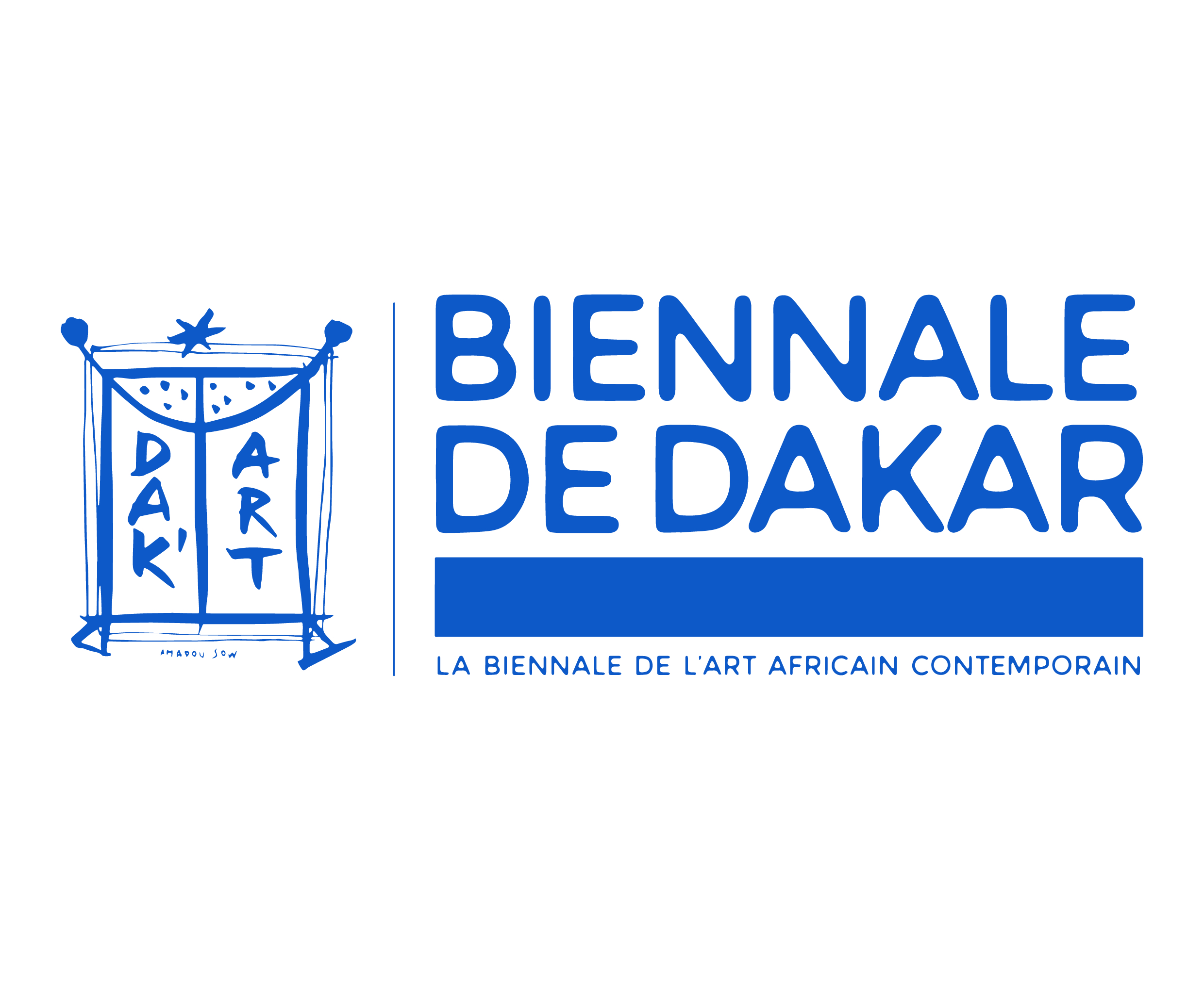Siwa Mgoboza, artiste visuel sud-africain est né au Cap en 1993. Il a vécu au Pérou et en Pologne avant de retourner en Afrique du Sud à l’âge de 18 ans pour poursuivre ses études aux beaux-arts à la Michaelis School of Fine Art. Spécialisé en peinture, il obtient son diplôme en 2015, depuis, il se consacre entièrement à sa carrière artistique.
Les œuvres de Siwa Mgoboza, exposées dans des foires d’art et des galeries à travers le monde, captivent par leur caractère vibrant et coloré, qu’il qualifie de « carnavalesque ». Sous cette apparence joyeuse, ses créations interrogent sur la notion de “chez-soi » et d’existence, remettant en question les frontières et les étiquettes imposées par la société.
À travers son monde artistique baptisé Africadia, Siwa Mgoboza crée un espace où les discriminations n’existent pas. Ses œuvres, principalement réalisées en textiles, défient les normes et invitent à réfléchir sur la liberté d’être soi-même sans se conformer aux attentes sociétales. L’artiste utilise notamment le Shweshwe, un tissu traditionnel sud-africain, comme moyen d’expression dans ses œuvres.
South African visual artist Siwa Mgoboza was born in Cape Town in 1993. He lived in Peru and Poland before returning to South Africa at the age of 18 to pursue his studies in fine arts at the Michaelis School of Fine Art. Specializing in painting, he graduated in 2015. Since then, he has devoted himself entirely to his artistic career.
Siwa Mgoboza’s works, exhibited at art fairs and galleries around the world, captivate with their vibrant and colorful character, which he describes as « carnivalesque ». Under this joyful appearance, his creations question the notion of “home” and existence, questioning the borders and labels imposed by society.
Through his artistic world called Africadia, Siwa Mgoboza creates a space where discrimination does not exist. His works, mainly made from textiles, challenge norms and invite us to reflect on the freedom to be ourselves without conforming to societal expectations. The artist notably uses Shweshwe, a traditional South African fabric, as a means of expression in his works.
